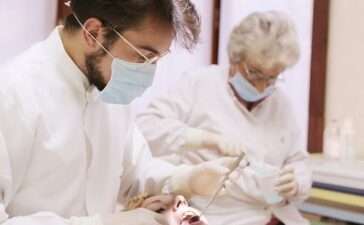Air intakes have an important role to play in the world of racing. Every horsepower counts in racing and teams invest significant resources to optimise the air intakes so that engine performance can be improved.
Air is delivered to the engine through an air intake system.
The air will mix with fuel to facilitate combustion. In racing, the engines will be operating at extreme levels of performance so you have to consider how the design and efficiency of the PH racing air intakes can make a difference in the speed, acceleration and competitiveness of the vehicle. Vehicle performance is impacted by each and every horsepower gained or lost and engine performance can be optimised by air intakes as they provide a steady supply of clean cool air to the intake manifold of the engine. Racing air intakes are designed in a way to minimise turbulence and restrictions so that maximum airflow to the engine is provided. This will ensure that an optimal amount of air is received by the engine increasing the power output. As cooler air is denser, it will have more oxygen molecules and this is needed for efficient combustion. With racing air intakes, there are features to draw in cooler air from outside of the vehicle. This can be scoops or ducting that is strategically positioned to capture airflow at high speeds.

The air filters are an important part of
The air intake system as they will prevent contaminants and debris from entering the engine. High performance air filters are needed in racing so that airflow can be maintained while ensuring maximum filtration efficiency. This way, the engine will receive clean air for optimised performance. The aerodynamics of the vehicle are impacted by the air intakes as well especially in motorsports where handling and speed are critical. Racing air intakes are engineered in a way to minimise drag and aerodynamic resistance. These shapes are designed to reduce turbulence so that the vehicle is able to cut through air efficiently at high speeds. The placement of the air intakes on the vehicle will also affect aerodynamic performance. The intakes will be positioned in locations that reduce disruption to the airflow of the vehicle. They will be located in low pressure zones or areas where airflow is undisturbed around the body of the vehicle.

Racing air intakes can
Also be integrated with the cooling systems of the vehicle so that engine temperatures can be regulated. This way, the engine will remain within optimal operating temperatures even when you are in extreme racing conditions. Victory is determined by fractions of a second when it comes to the world of racing. And each and every aspect of the design and setup of the vehicle are optimised carefully to maximise performance. This same strategy is followed in the design of air intakes and these systems are fine-tuned so that the teams can gain a competitive edge. The air intake systems will be adjusted to suit the characteristics of specific race circuits. If the circuit has long straightaways, the air intake system used will be different to one used in a circuit with twists and turns. The weather conditions or the track surface conditions will also affect the system design.






